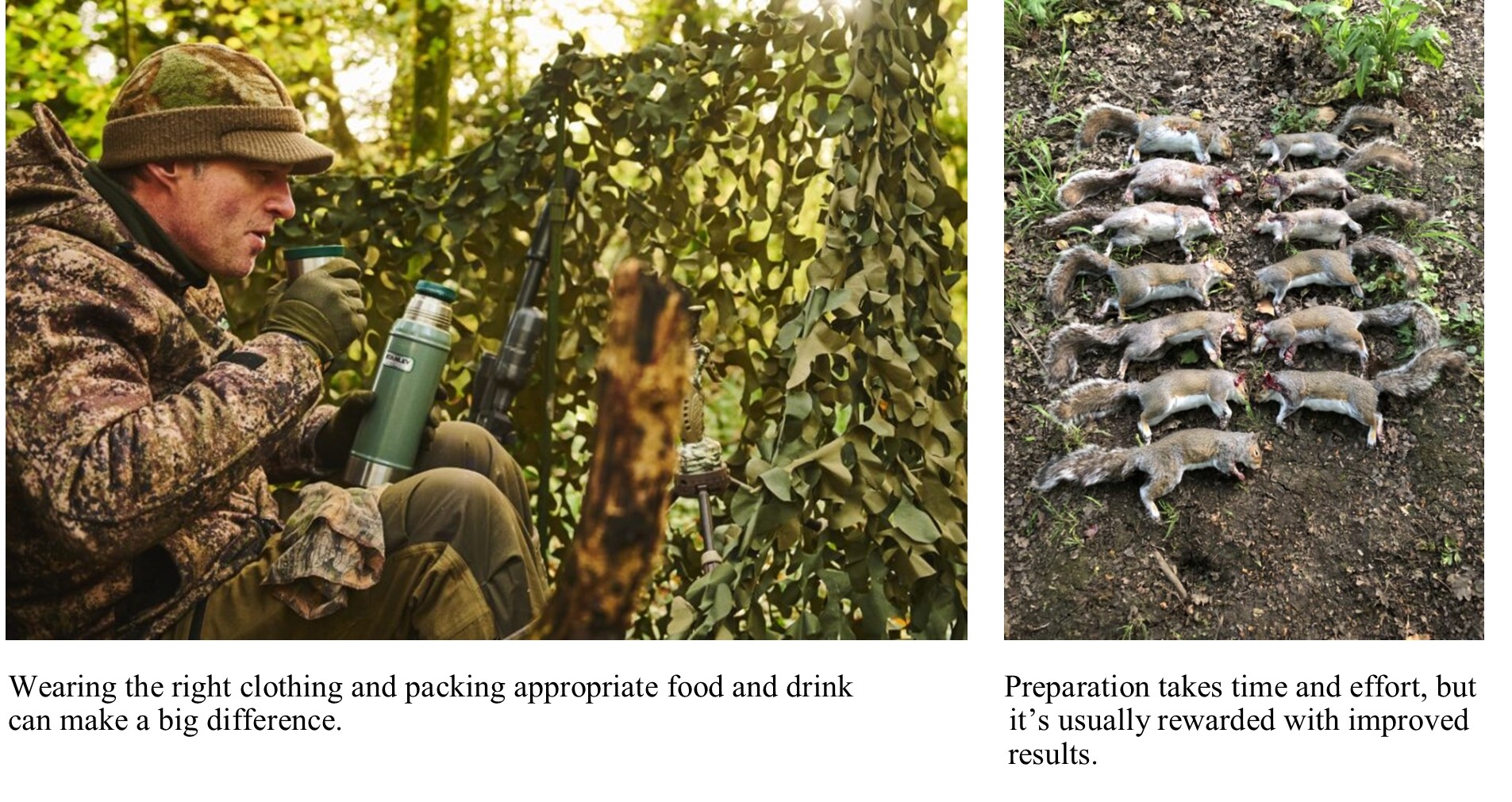Getting the groundwork right is one of the best ways to improve your hunting results – Mat Manning offers some valuable pointers
Preparation is a massively overlooked factor when it comes to achieving success with your airgun hunting. As with so many things in life, the simple fact is the more you put into it, the more you are likely to get out of it. The significance of putting in the groundwork often comes to the fore when people ask me how I go about tackling various hunting scenarios. It’s only when I begin to explain my approach that it becomes very apparent that the path to decent results starts way before I actually head out for a day’s shooting.
Starting out on the right track begins before you even choose the right kit to suit you and the job you plan to use it for. The successful hunter then continues to add small edges by striving to eliminate problematic factors along the way. This process includes things like taking the trouble to clean the barrel of a new air rifle, investing time and money to find the best pellet match for your gun and then putting in the work on the range to ensure that you are the best shot you can be. The list is virtually endless, but the key thing is to adopt the mindset that there is always more you can do to sway the odds in your favour.
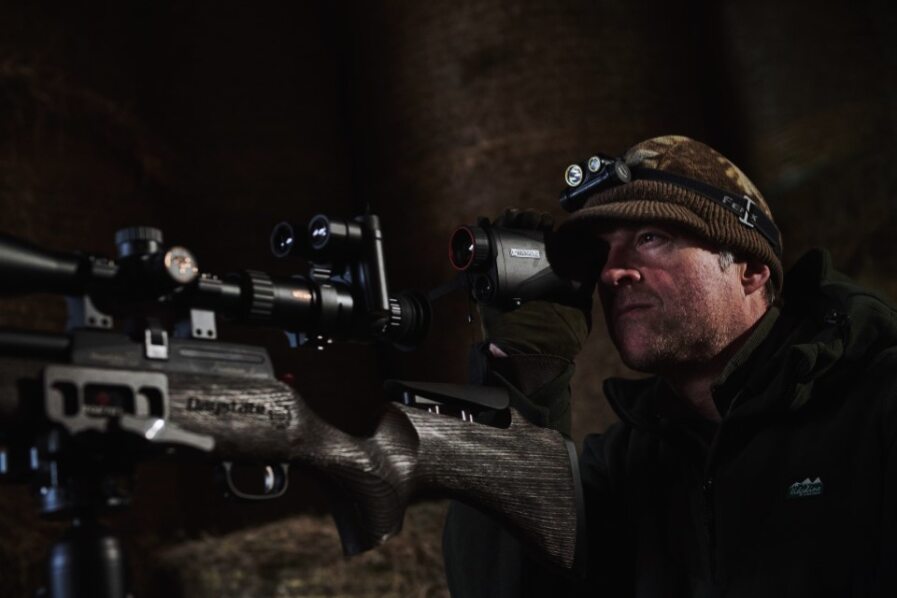 Sophisticated modern equipment can improve results, but good prep will enable you to get even more from it.
Sophisticated modern equipment can improve results, but good prep will enable you to get even more from it.
KNOW YOUR PLACE!
One of the biggest investments you can make to improve your shooting is taking the time to really get to know your ground. This was drummed home to me about 20 years ago when I finally secured a woodland permission that I’d had my eye on for a very long time. The area was full of grey squirrels and was also frequented by good numbers of woodpigeons and corvids. Despite an apparent abundance of quarry, my results from this place were really poor for the first year or so. It was frustrating to be getting much smaller bags here than I was from older permissions that had far less potential, but the simple fact was that I was more familiar with them, and so had a much better idea of how to make sure that I crossed paths with the pests living there.
Some of the real breakthroughs in getting to grips with the new permission came when I visited without my gun. By heading out on reconnaissance trips free from the distraction of trying to get shots, I was able to cover much more ground and pay far more attention to my surroundings whilst I was at it.
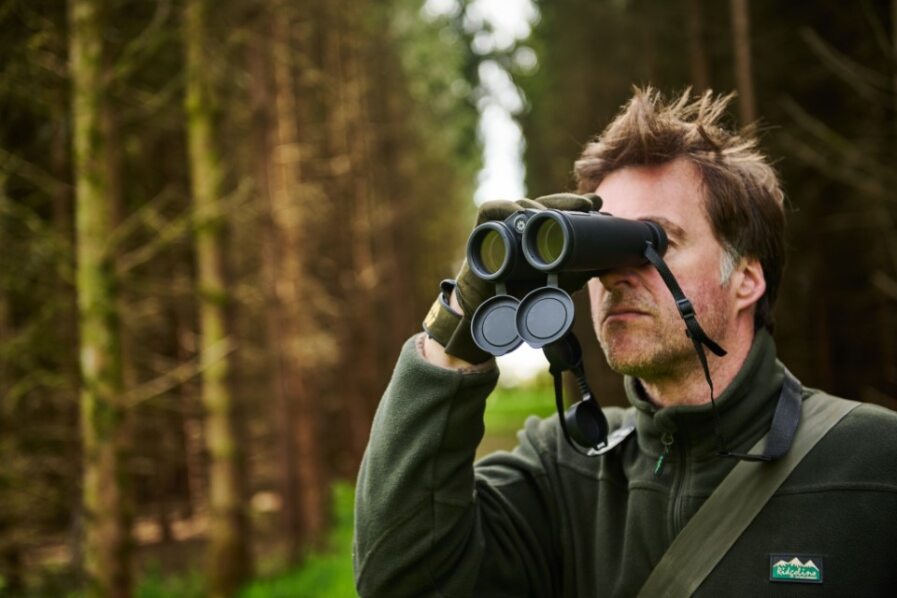 Observation is by far the best way to gain a deeper understanding of your shooting permissions.
Observation is by far the best way to gain a deeper understanding of your shooting permissions.
PUT IN THE GROUNDWORK
During these visits, I made careful notes of the wildlife I encountered and where those encounters took place. Probably even more importantly, I built up a clear picture of the landscape in each area of the woods, and most significantly, the tree species they held. This knowledge then enabled me to target areas – either via stalking routes or from a hide – where I knew the presence of food or shelter was likely to attract pest species during relevant times of the year.
Being able to identify key tree and plant species, with or without their leaves, is vitally important. This learning process is another part of that all-important groundwork. It is an interesting fact that the most successful airgun hunters I know have a deep fascination with wildlife and the countryside. These shooters have an alertness that enables them to notice little things that those who are more obsessed with hardware and ammo can be inclined to overlook, and the difference it makes to their results can be huge. This should come as no surprise because understanding nature’s seasonal shifts plays a huge part in pre-empting your quarry’s behaviour – whether it’s feasting on beechmast during late summer or seeking out the vital sustenance provided by ivy berries at the tail end of the winter.
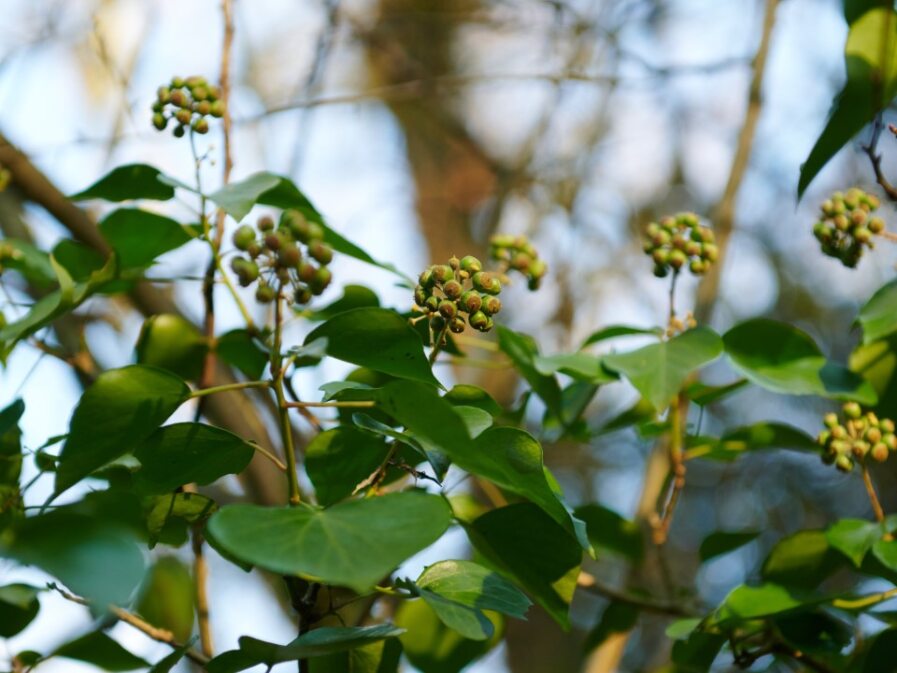 A successful hunter should be able to identify tree & plant species & understand their influence on quarry’s behaviour.
A successful hunter should be able to identify tree & plant species & understand their influence on quarry’s behaviour.
HABITUAL BEHAVIOUR
Being familiar with your surroundings and understanding the significance of seasonal changes is as important around the farmyard as it is in woodland or over open fields. The breeding and feeding habits of avian pests and rats have a huge influence on their behaviour as do the constantly changing activities taking place around the yard. A farm that is devoid of pests during the early summer is likely to offer the hunter far more opportunities when the grain harvest is brought in a few weeks later, and probably even more when the icy grip of winter forces desperate critters in from the fields to seek out food and shelter.
The use of bait stations is a highly effective form of preparation employed by many airgun shooters. This can range from putting out a handful of breadcrumbs or a dollop of chocolate spread along busy-looking rat-runs to keep fidgety rodents still, to setting up peanut hoppers to encourage destructive grey squirrels to settle within range of a hide. Time invested in carrying out reconnaissance will make all the difference when it comes to putting your offerings in the right place and is equally relevant when choosing hide sites.
Even the simple act of building a hide is a very important form of preparation that can make or break a hunting session. Getting it in the right place is the first step, but making the right decision as to whether to go through the motions of constructing a really substantial hide, or quickly throwing up a camo blind to minimise disturbance can have a serious bearing on your results.

THE LITTLE THINGS
Choosing the right clothing is another key element of preparation. Camouflage patterns are one factor to bear in mind, but selecting the right garments to keep you comfortable in the weather conditions you expect to encounter is equally important. You don’t want to be sweating hot on summer days, and you won’t shoot anything if cold winter conditions force you to head for home because you were underprepared. The right clothing choice will also give you the freedom of movement to shoot comfortably and accurately when opportunities arise.
Other little elements of preparation, such as packing a snack and something to drink into your kitbag, can make all the difference to a day in the field. Just like choosing the right clothing, it will make life a lot easier in extreme weather conditions. I regard a bottle of cold water as an essential item to carry on summer decoying forays, and a flask of steaming hot soup usually provides a sufficient morale boost to convince me to stay on for the best part of the day in the depths of winter.
A study of all the ways that airgun hunters can hone their preparations to improve their results would fill a whole book, and then you would still only scratch the surface. The truth is that it is a never-ending process because there are always lessons to be learned about your quarry and permissions, and new gear and tactics are constantly being developed.
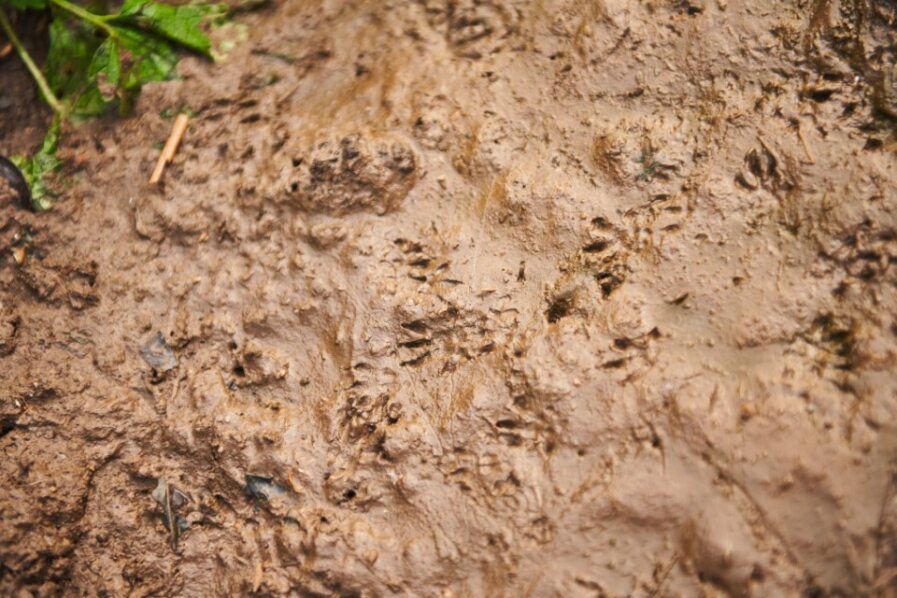 Whichever pests you are targeting, the clues are usually there, and they can lead you to some real hotspots.
Whichever pests you are targeting, the clues are usually there, and they can lead you to some real hotspots.
THERE’S ALWAYS SOMETHING
The important thing is to adopt the mindset that there is always something that can be done or learned to increase your chances of hunting success, even when you are at home. It is all about gaining small, and sometimes very big, advantages and improving the odds by one or two per cent whenever possible – these are the things that can bring a real boost to your fieldcraft skills. Thankfully, it’s not very difficult, it’s usually enjoyable and it can save you a huge amount of wasted time in the field. One thing is for sure, it can make a massive difference and it is certainly very satisfying when the groundwork pays off.
